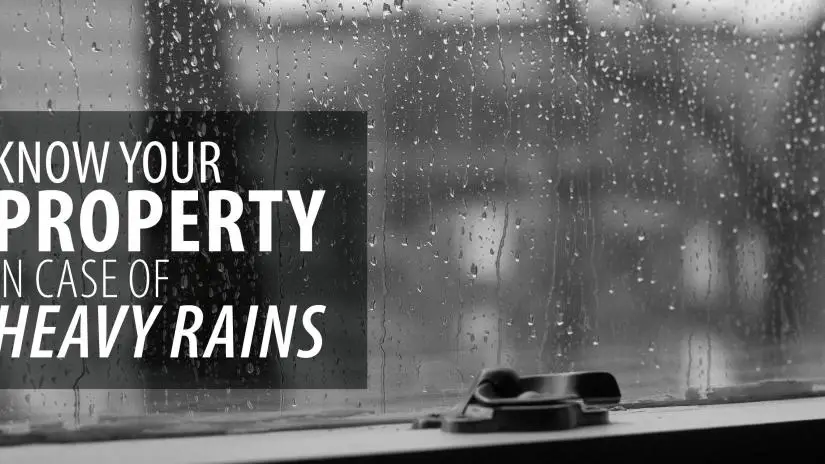
Rainbow Restoration emphasizes the importance of preparing your property for heavy rains to prevent water damage. Key steps include:
|
Water runoff during heavy rains and flash floods can damage your home if not properly directed away from the foundation. Misguided irrigation, poor drainage, and uncontrolled runoff are primary reasons for water damage following heavy rains. Even if your home itself is built on a hill, your lawn may still suffer if the yard has poor drainage.
Get to know your property and make the necessary drainage changes now to avoid property damage the next time heavy rains hit.
The Damage Improperly Drained Water Can Have
If storm water enters your home through the basement floor, walls, or windows, the first few hours of flooding result in cosmetic damage. Appliances and other electrical products can also be damaged nearly immediately.
Then, it doesn’t take long for stagnant water to promote mold and bacteria growth, which can create health problems that make your home unsafe. Conditions are even worse if polluted water floods your home.
Along with directly damaging your basement or foundation, poor drainage and uncontrolled water runoff can also cause:
- Damage to sidewalks and driveways
- Soil erosion
- Pools of water that harbor insects, rodents, and reptiles
- Mold growth in areas with standing water
- Rotted fences, sheds, and other wooden structures
How to Find and Fix Areas with Poor Drainage
A poorly drained yard obviously has the potential to cause serious damage to your property. Even when storms aren’t bad enough to threaten your home, constant wet spots in your yard are irritating and unsightly. Grass dies when it’s under water too long and you can’t mow wet areas. Plus, the kids constantly track mud inside, even if it hasn’t rained for days. Fortunately, you can find areas with poor drainage and fix them to protect your home and property.
The first step is to walk around your yard a few hours after it stops raining. Look for pools of water to indicate low spots that drain poorly. Then, take steps to improve drainage in these areas.
Redirect Downspouts and Sump Pump Discharge Pipes
Poorly draining areas may simply be caused by a downspout or sump pump discharge pipe feeding water into a low spot. Redirect these spouts to a different location at least six feet from the foundation.
Lay Down a Creek Bed
You can create a natural path on the surface for water to drain by building a creek bed. Simply dig a gently sloping drainage ditch and line it with gravel or stones. Plant shrubs or flowers along the creek bed to create visual interest even when it’s dry.
Plant a Rain Garden
Instead of sending the water away, plant a water-loving garden in the low, soggy area of your yard. The plants here soak up rainwater to reduce runoff and soil erosion during storms.
Add a Drain Pipe
This allows you to drain water from a low spot in your yard to an even lower spot dozens or even hundreds of feet away. The drain pipe is located underground so it doesn’t affect your property’s appearance.
Install a French Drain
This system includes an underground pipe surrounded by aggregate that allows water to drain through. This helps rainwater disperse naturally further underground with no need for an outlet pipe.
Construct a Dry Well
A large hole filled with aggregate serves to contain rainwater until it soaks into the ground. An adequate dry well should be able to hold the first 10 or 15 minutes worth of a heavy rainstorm.
If your home is damaged by floodwater, Rainbow Restoration ® can help you recover. Contact us for additional flood safety tips or to schedule water damage restoration services.
For Further Reading:
How to Prevent and Handle a Flooded Basement
Prevent a Flood: Check Your Toilets and Sinks
Prevent a Flood: Check Your Dishwasher
